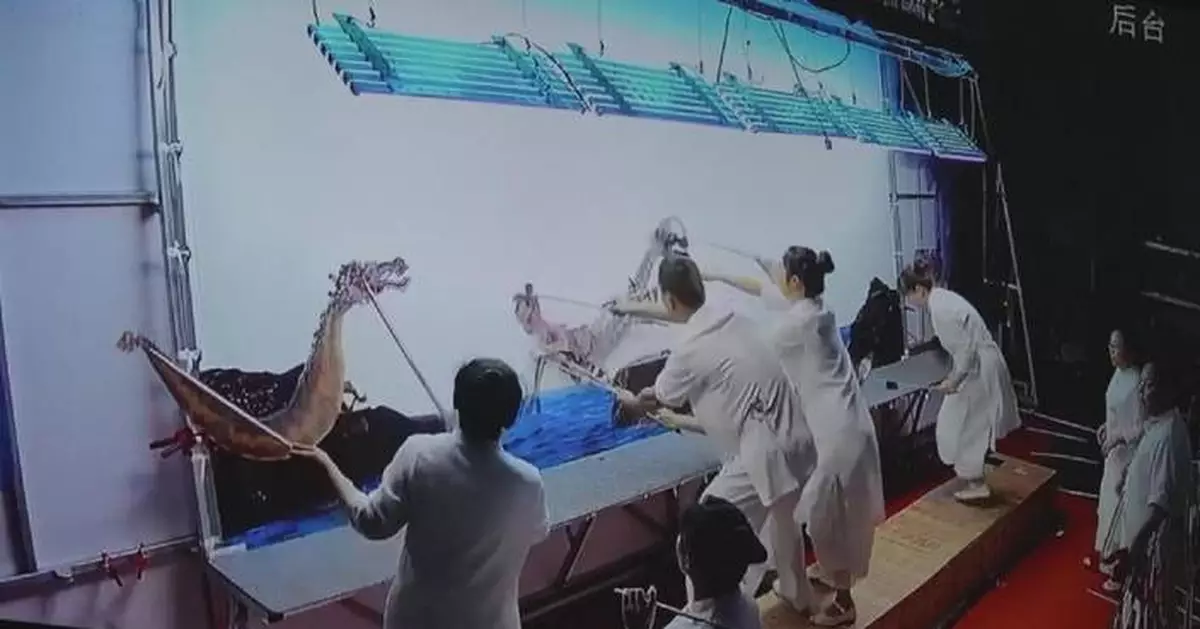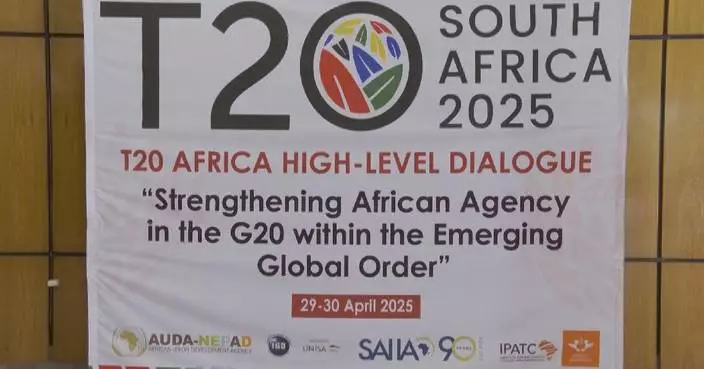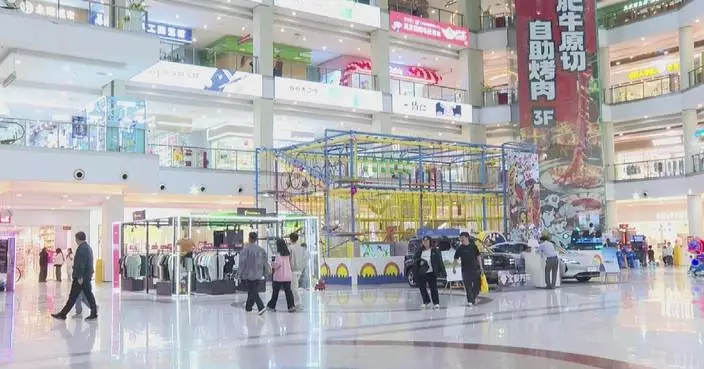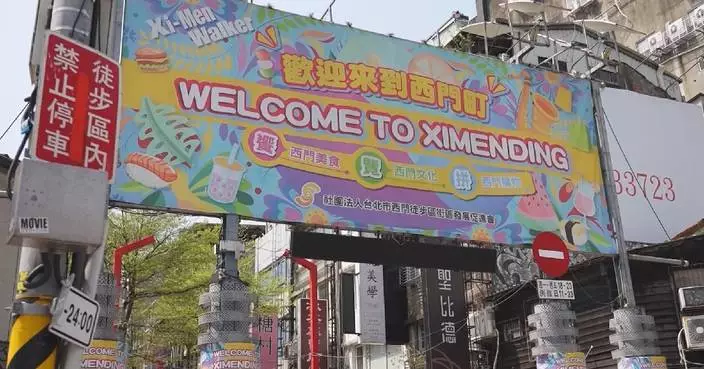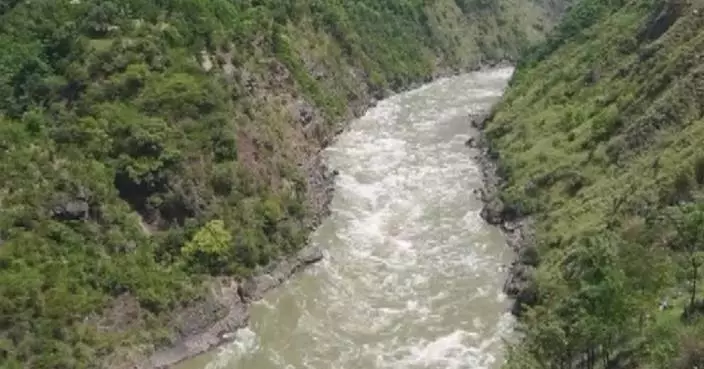A renowned inheritor of Chinese shadow puppetry in Shaanxi Province has brought a modern twist to the traditional theatrical performance, fascinating audience with consummate skills and creative ideas.
Chinese shadow puppetry, or shadow play, is probably one of the most ancient arts using light and shadow, thousands of years before its much more popular successor, the film. Generally, it is a combination of various art forms involving painting, carving, music, opera performance and storytelling.
Despite its many genres, the shadow art in Huazhou County in Shaanxi Province is among the most acclaimed, being listed as an intangible cultural heritage item under the state protection in 2006.
In the local Shadow Puppet Expo Park, a play featuring Nezha, a household name that regularly appears in Chinese mythology, was being staged to recount the folk deity's well-known story of fighting his way to become a hero. But different from a traditional shadow puppet show, the story was being presented in a way similar to modern films. The large curtain and the multimedia tools created an immersive visual feast of light and shadow for the audience.
"It's wonderful. This is the first time I've seen a shadow puppetry show with [modern] projection elements. It's like watching cartoons," said Yang Xiaoqing, a visitor.
"This is my second time watching this play. I was wowed by it the first time I saw it. The sound, light and the special effect of lightning were very well done," said Shao Changpu, a shadow puppetry performer from Beijing.
According to the inheritor Xue Hongquan, they have made multiple adjustments to the original performance to make it more vivid and impressive.
"The screen for traditional shadow plays is only 1.5 meters [in both length and breadth]. But now our screen is 5 meters long and 2.2 meters wide, similar to the screen in a cinema. We also install lights on the Wind-and-Fire Wheels [Nezha's weapon] and enable it to rotate. These are what differ from the traditional show," said Xue.
The artist is also famous for his craftsmanship in making puppets used in the performances. His award-winning work "Fanwang" features sophisticated puppets made of well-selected leathers from cattle after going through more than 30 steps of processing including soaking, scraping, grinding, carving, dyeing, and embellishment.
"It took me over a month to finish the work. Its craftsmanship is mainly embodied in the craving of hairs, which are rolled up one by one. Even a little bit breakage is not allowed. They should have same degree of thickness, be smooth and vivid. Why are our shadow puppets in Huazhou, Shaanxi so delicate? I think it has a lot to do with the techniques," Xue said.
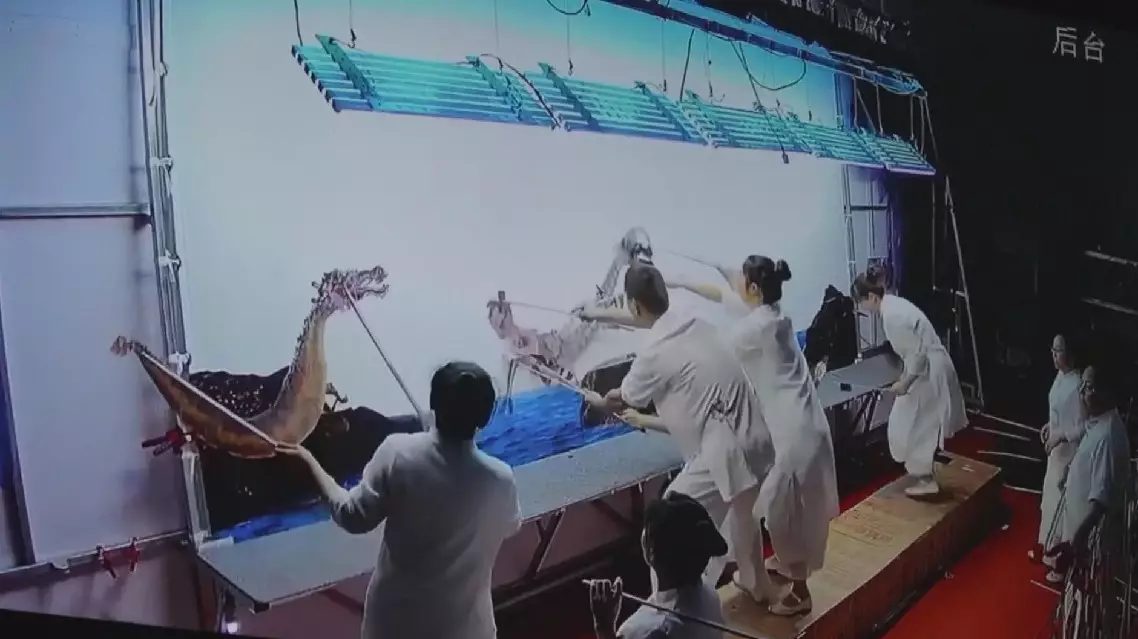
Traditional Chinese shadow puppetry given a modern twist in Shaanxi
U.S. tariffs on Cambodia, which were set at 49 percent, have sparked concerns among the Southeast Asian country's key export industries such as garment manufacturing amid the ensuing economic uncertainties.
On April 2, U.S. President Donald Trump announced the 49 percent "reciprocal tariff" on goods imported from Cambodia, the highest among all countries. Days later, the U.S. reduced the so-called "reciprocal tariff" to 10 percent for 90 days, offering a window period to Cambodia for negotiations with it.
Cambodian businesspeople say the tariffs have the potential to wreak havoc on the country's manufacturing sector, which, according to data from the World Bank, makes up around a fifth of the country's GDP.
"For U.S. manufacturers, definitely, there will be a big impact. If manufacturers are focusing on U.S. products, they are now in the middle. They don't know what they should do at the moment because the tariff now from Cambodia to the U.S. is actually quite high," said Dr. Ben Li, a Hong Kong investor in Cambodia and Chairman of the Cambodia Chinese Commerce Association.
Nevertheless, Li sees the tariff hike as an opportunity to export more Cambodian goods to the European Union, where a majority of Cambodian exports enjoy duty-free status.
"I always say there will be a light (at the end of the tunnel.) Even now, the U.S. tariff is so high, it's going to be so high after 90 days, we don't know. But, there's still a big market to Japan or to the European Union. There's still a big opportunity there," he said.
The Cambodian investor also believes the development of major infrastructure projects will help support Cambodia's economy.
"Especially the new canal and then the new airport, and the railways which connect to China. I believe once the logistics and infrastructure are built up, it can help the whole country's economy. By reducing the transportation costs, it can also mitigate the tariff costs," he said.
Cambodia and the U.S. held their first tariff negotiations on April 16, with more expected to follow. Local experts said the stakes are high for the country's workers.
"If this negotiation fails, there will be a significant impact. It will include the garment and travel goods sector. These sectors consist of about 1,068 factories and 930,000 workers. The income generated from these sectors is about 3 billion dollars per year. So it would significantly impact Cambodia's economy, jobs and incomes," said Chey Tech, a socio-economic research and development consultant from Dynamic Alliance Consulting.
Despite the potential risks, Tech expressed his optimism about a positive outcome, citing Cambodian Prime Minister Hun Manat's letter to Trump on April 4.
"The Prime Minister's letter confirmed that Cambodia would reduce the tariff rate for U.S. goods to 5 percent. Second, Cambodia is the least developed country. Third, Cambodia produces goods that the developed countries won't produce. We asked whether the U.S. would be able to produce these low-cost products. It cannot," said Tech.
In 2024, Cambodia exported goods of 9.9 billion dollars to the U.S., making it the country's largest market, accounting for 37 percent of Cambodia's total exports.
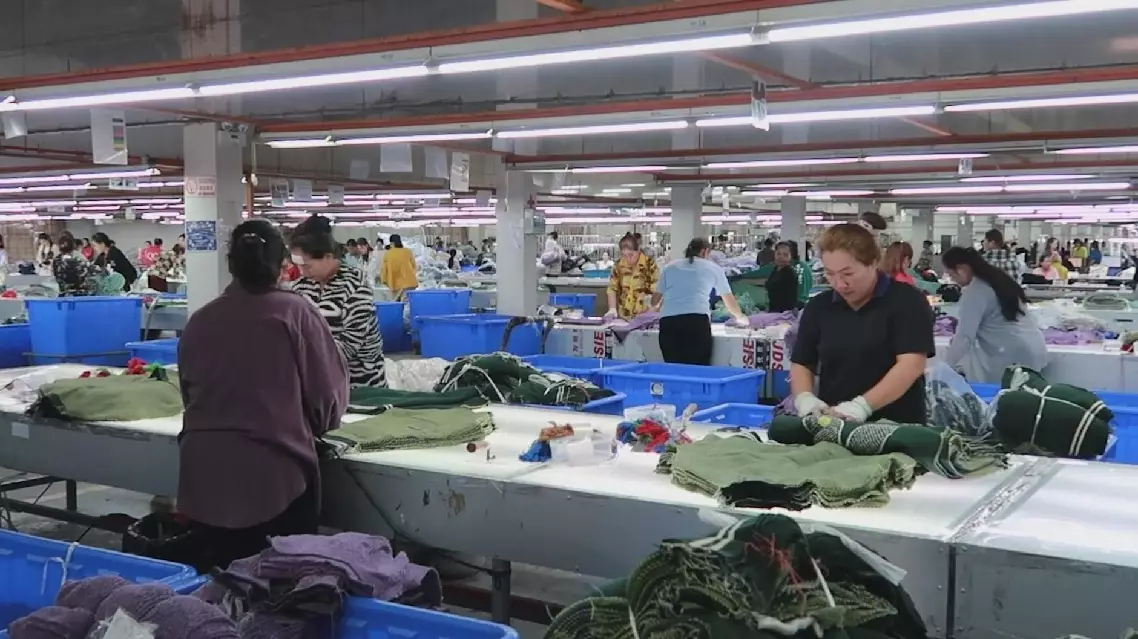
49-percent US tariffs sparks worry among Cambodia's key export industries



